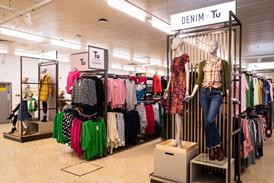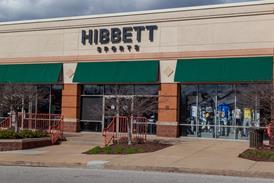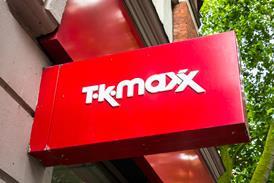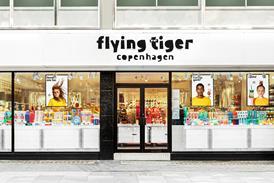‘Retail’s rules of value creation have changed for good’

Retailer equity valuations have been on a rollercoaster ride over the past year, amid significant divergence in the performance of individual companies.
As the world starts to emerge from the pandemic, it is clear that the rules for value creation have changed for good.
Already have an account? Sign in here


















